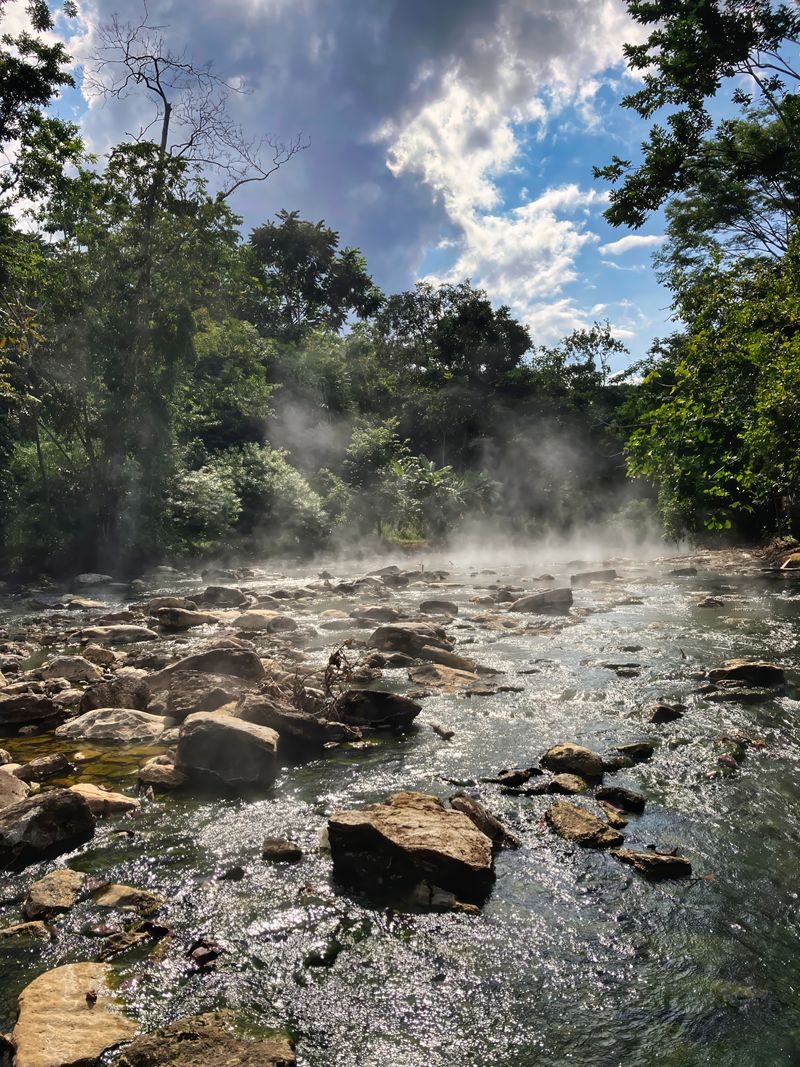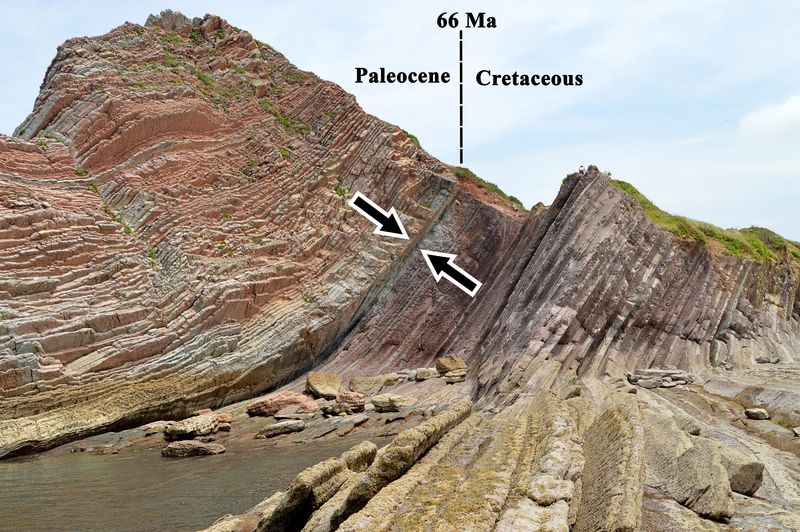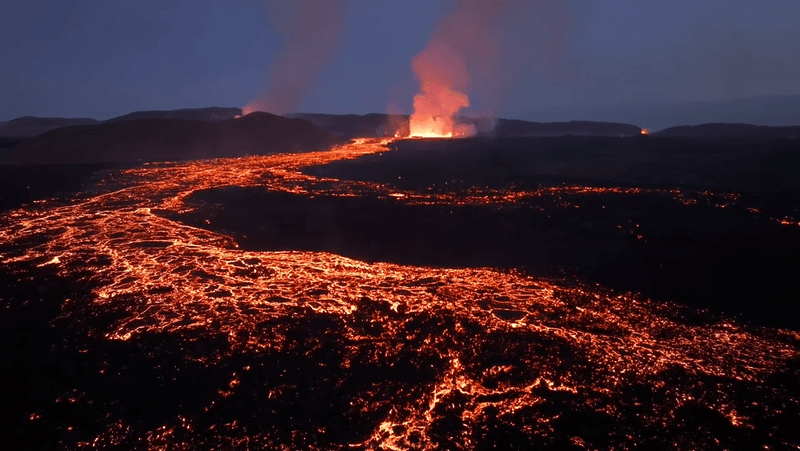Legends tell of gold-hungry Conquistadors encountering a steaming river of boiling water within the depths of the Amazon rainforest. Surprisingly, this sensational tale holds a remarkable degree of truth.
The unbelievably hot waters of Peru’s Shanay-timpishka – also known as La Bomba or simply the Boiling River – have been known to Indigenous Amazonian communities for centuries. However, its existence was long-doubted by many, including academics, government authorities, and the fossil fuel industry.
They were skeptical for a good reason too. Warm waters like this are typically associated with geothermal hot springs powered by underground volcanic activity, yet the Amazon rainforest is marked by a clear lack of volcanoes. It's estimated that the nearest volcanic center is more than 700 kilometers (435 miles) away from the steaming stream.
It wasn’t until 2011 that the river was first scientifically studied by Andrés Ruzo, a geothermal scientist who had been told about it by his grandfather as a young boy. By a stroke of luck, his aunt knew the wife of the shaman who protected the river.
In a passionate TED talk in 2014, Ruzo explained how he was led on a hike to the river and discovered that the legend was true: the rushing stream of water flows for 6.24 kilometers (3.9 miles), with an average temperature of 86˚C (186.8˚F).
To his surprise, he found that the river started upstream as a cold stream. It only became heated when it passed through a hot spring found under a rock shaped like a snake’s head. According to local folklore, the “mother” of the river is a giant snake spirit that births hot and cool water.
After a discussion with the shaman, Ruzo was permitted to study the river and take water samples back to his lab. The only condition, the shaman said, was to always pour the river water into the ground once he was finished so “the waters could find their way back home.”
Being around these waters is extremely dangerous, even for the wildlife of the Peruvian Amazon. Ruzo explained how he witnessed many animals fall victim to the Boiling River – and it wasn’t pretty.
"I've seen all sorts of animals fall in and what's shocking to me is the process is pretty much the same. They fall in and the first thing to go are the eyes. Eyes, apparently, cook very quickly. They turn this milky-white color,” Ruzo excitedly told the TED talk audience.
“The stream is carrying them, they're trying to swim out, but their meat is cooking on the bone because it’s hot, so they’re losing power. Until, finally, they get to a point where hot water goes into their mouths and they cook from the inside out,” he added.
Through his extensive study of the region, Ruzo has managed to show that the river creates these shocking temperatures “independent of volcanism.” However, the river's scale and the extremity of its temperatures are unmatched by any other non-volcanic geothermal system in the world.
So, what’s going on here? It still isn’t certain, but one idea is that the waters could be originating in glaciers from the Andes. The melted ice then seeps deep beneath the ground, where it is heated up by the Earth’s geothermal energy, before re-emerging in the Amazon.
No different from the rest of the Amazon rainforest, the region around Shanay-timpishka is under threat from loggers, developers, and fossil fuel interests. Ruzo ended his talk by expressing hope that his work would pressure the Peruvian government to provide the river with the protection it deserves.
“To the shaman, it’s a sacred site. To the geoscientist, it’s a unique geothermal phenomenon. To illegal loggers and cattle farmers, it’s just another resource to exploit. To the Peruvian government, it’s just another stretch of unprotected land ready for development. My goal is to ensure that whoever controls this land understands the boiling river’s uniqueness and significance,” he concluded.





